New study shows mammals can be developed in space
Updated: 2016-04-17 16:25
By Cheng Yingqi(chinadaily.com.cn)
|
||||||||
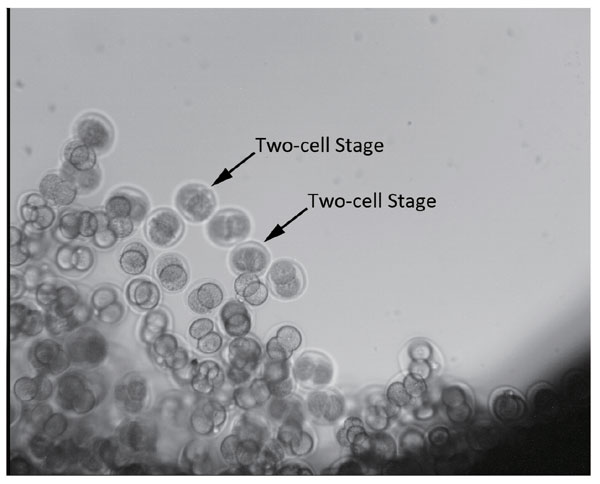 |
|
Two-cell mouse embryos, four hours before launch. Photo provided to China Daily |
The latest experiment results from China's SJ-10 recoverable satellite have been sent back with some groundbreaking news. For the first time in human history, it has been proven that the early stages of embryos in mammals can be developed completely in a space environment.
China launched the country's first microgravity satellite, the SJ-10, on April 6. The return capsule on the satellite will stay in orbit for several days before heading back to Earth. An orbital module will continue to conduct experiments for a few more days.
High-resolution photographs sent back by SJ-10 show that the mouse embryos carried by the return capsule completed the entire developing process within 96 hours from the launch, the first reported successful development of mammalian embryos in space.
"The human race may still have a long way to go before we can colonize the space. But before that, we have to figure out whether it is possible for us to survive and reproduce in the outer space environment like we do on Earth," said Duan Enkui, Professor of the Institute of Zoology affiliated to the Chinese Academy of Sciences, and principle researcher of the experiment.
"Now, we finally proved that the most crucial step in our reproduction – the early embryo development – is possible in the outer space," Enkui said.
The SJ-10 carried more than 6,000 mouse embryos in a self-sufficient, enclosed chamber, the same size of a microwave oven. Everything on the test load, from the cell culture system to the nutrient solution was refined with hundreds rounds of ground tests.
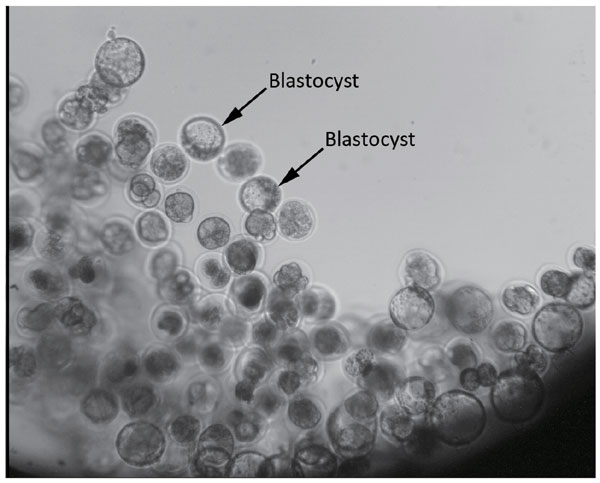 |
|
Mouse embryos that developed into blastocyst 80 hours after the launch. Photo provided to China Daily |
A camera took pictures of the embryos every four hours and sends the pictures back to Earth. It turns out some embryos developed into advanced blastocysts in four days.
After the embryos are recovered from the returning capsule, scientists will immediately transport them to Beijing and perform further analyses on the developmental speed and changes in embryonic gene and protein expression.
Contact the writer at chengyingqi@chinadaily.com.cn
- As country's population has grown, so has the level of higher education
- New hiv testing project targets groups most at risk
- Study finds 20-year slump in exercise
- Little champ: Four-year-old roller skates on cliff
- Chinese scientists figure out Zika virus NS1 protein structure
- China charting a new course
- Ecuador continues recovery efforts following powerful quake
- Beacons and gun salutes as Britain's Queen Elizabeth turns 90
- Queen Elizabeth II's China connections
- Portraits of Queen Elizabeth released to mark her 90th brithday
- Big celebration set for queen's 90th birthday
- Things to know about Queen Elizabeth II
 A 75-year-old kite runner in west China's Shannxi
A 75-year-old kite runner in west China's Shannxi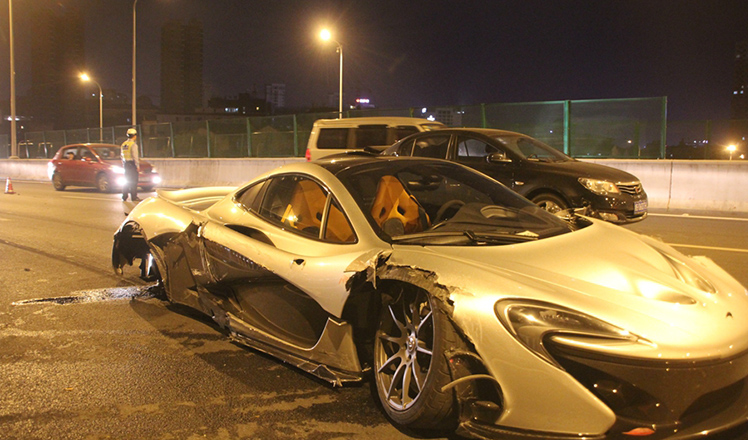
 $2 million hyper car crash in east China's Zhejiang province
$2 million hyper car crash in east China's Zhejiang province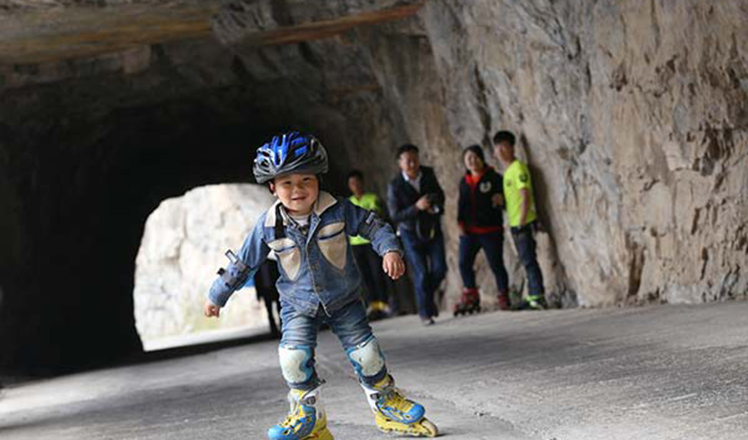
 Little champ: Four-year-old roller skates on cliff
Little champ: Four-year-old roller skates on cliff
 In pics: Day in the life of a webcasting anchor
In pics: Day in the life of a webcasting anchor
 Top 10 Chinese cities with highest average salaries
Top 10 Chinese cities with highest average salaries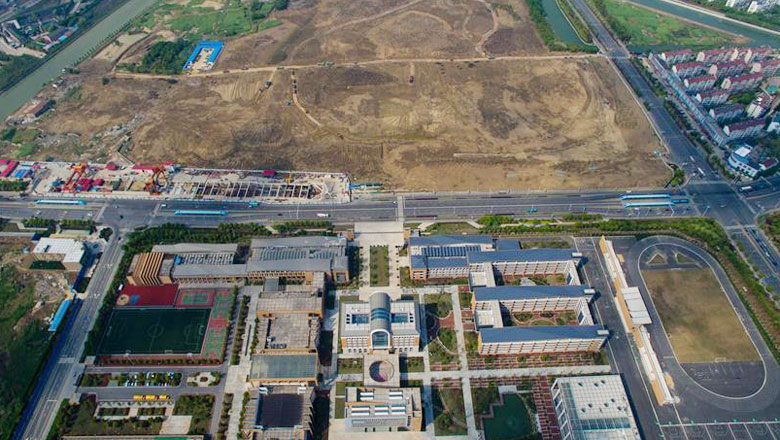
 School 'poisoned' by chemical plants in East China
School 'poisoned' by chemical plants in East China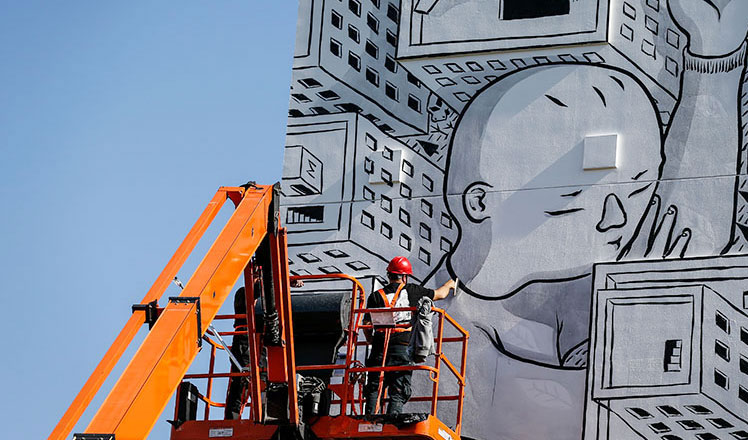
 Muralist Millo adds color to Shanghai's skyline
Muralist Millo adds color to Shanghai's skyline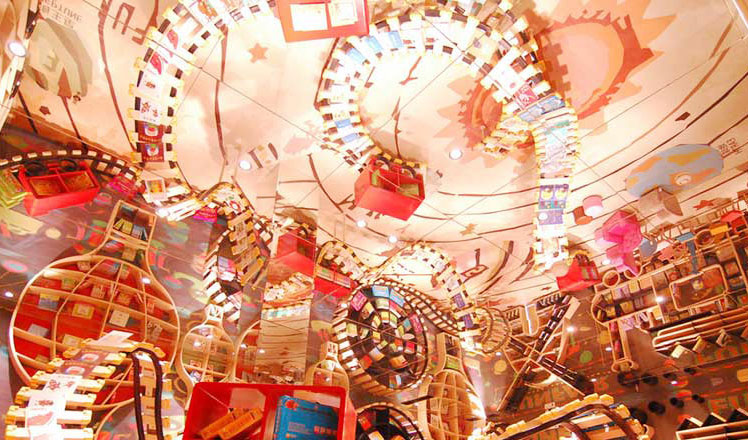
 Maze-like bookstore opens new branch in Hangzhou
Maze-like bookstore opens new branch in Hangzhou
Most Viewed
Editor's Picks

|

|

|

|

|

|
Today's Top News
Liang avoids jail in shooting death
China's finance minister addresses ratings downgrade
Duke alumni visit Chinese Embassy
Marriott unlikely to top Anbang offer for Starwood: Observers
Chinese biopharma debuts on Nasdaq
What ends Jeb Bush's White House hopes
Investigation for Nicolas's campaign
Will US-ASEAN meeting be good for region?
US Weekly

|

|







